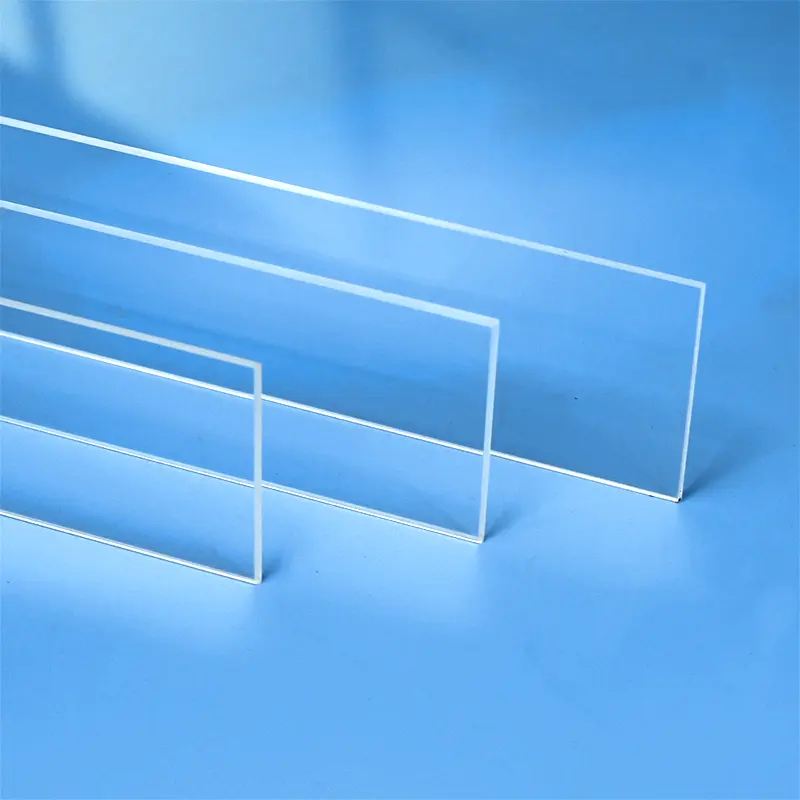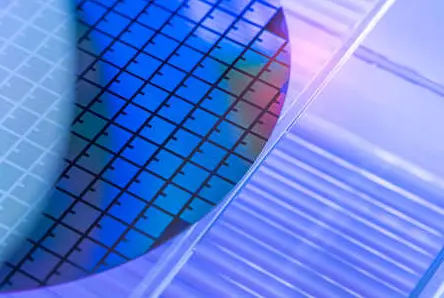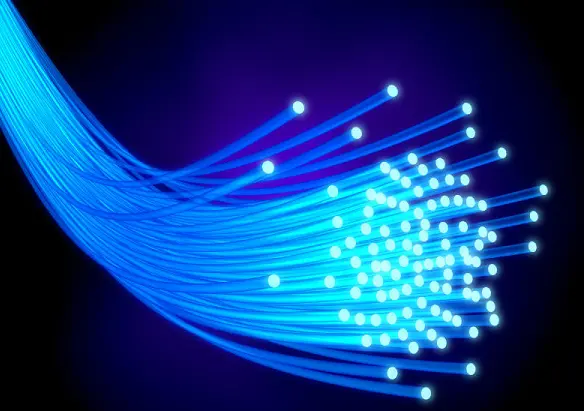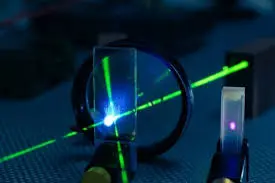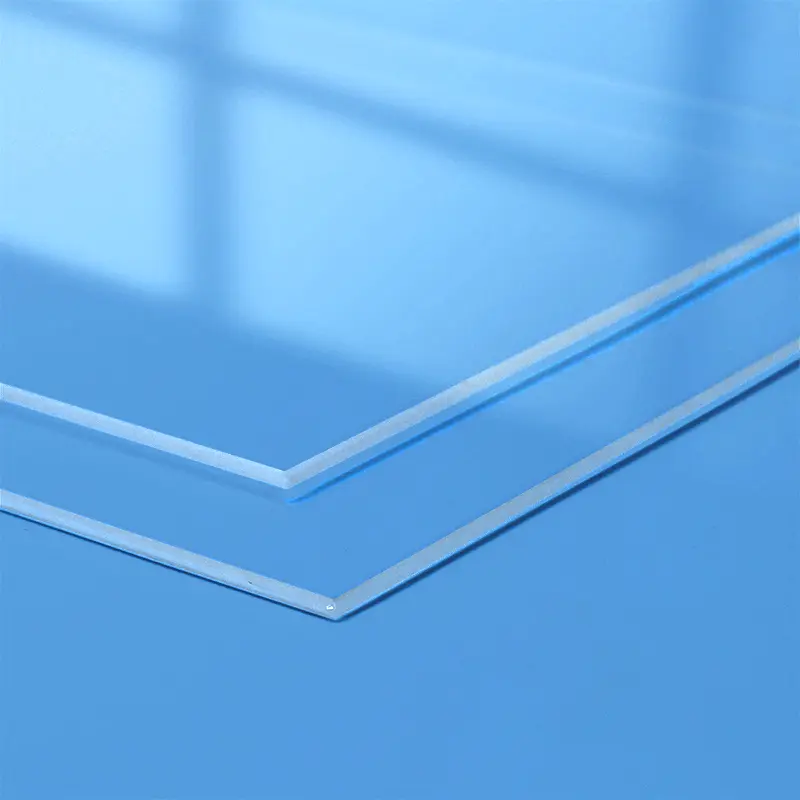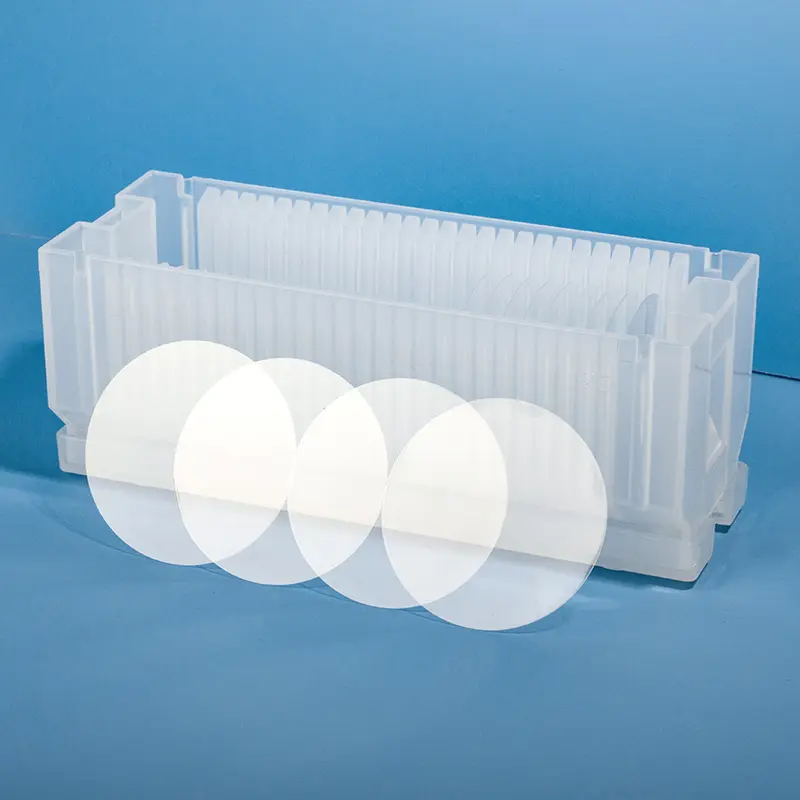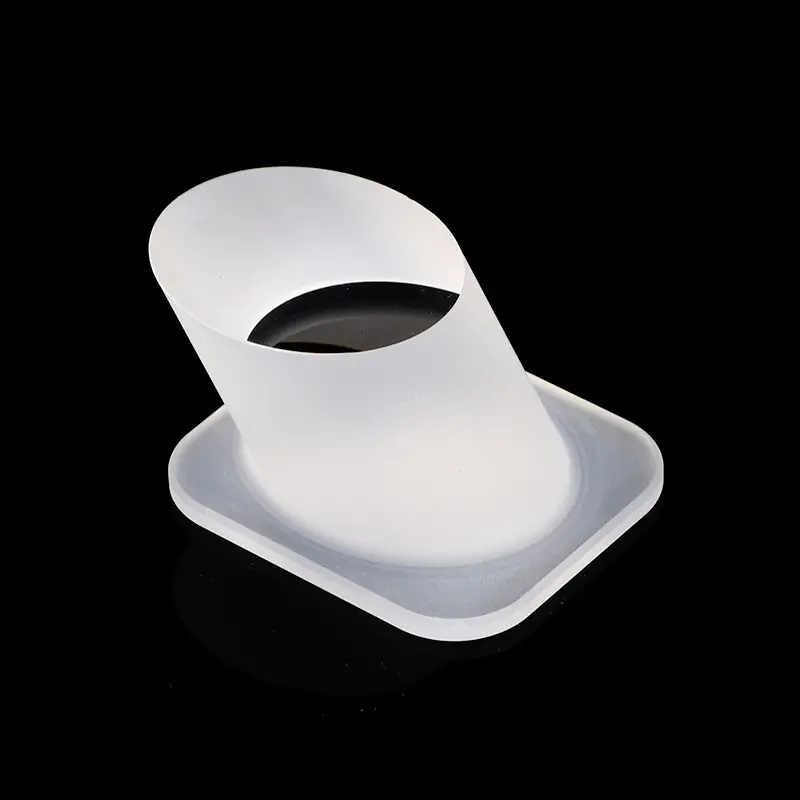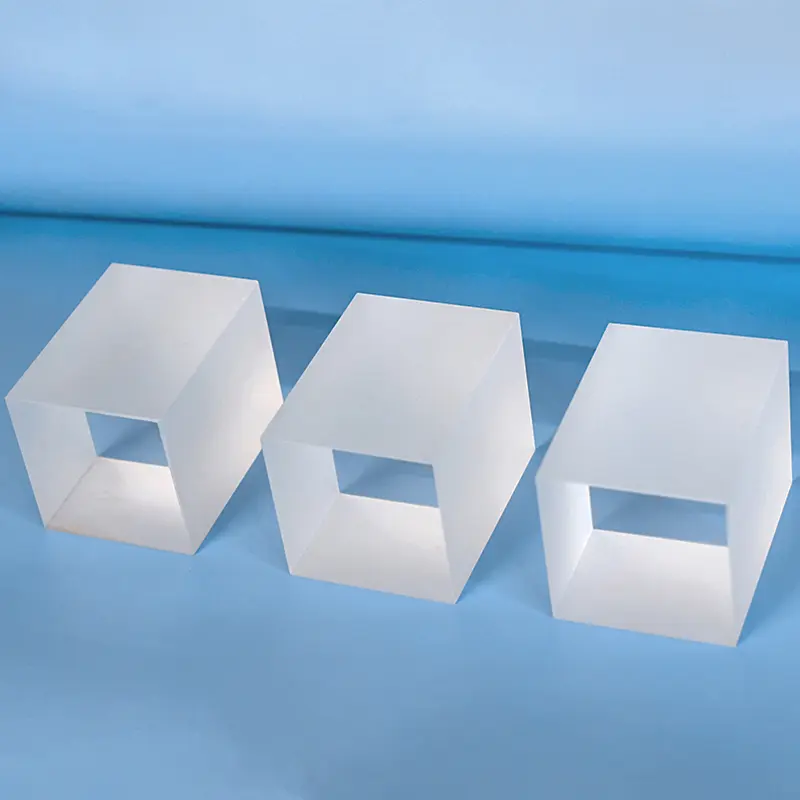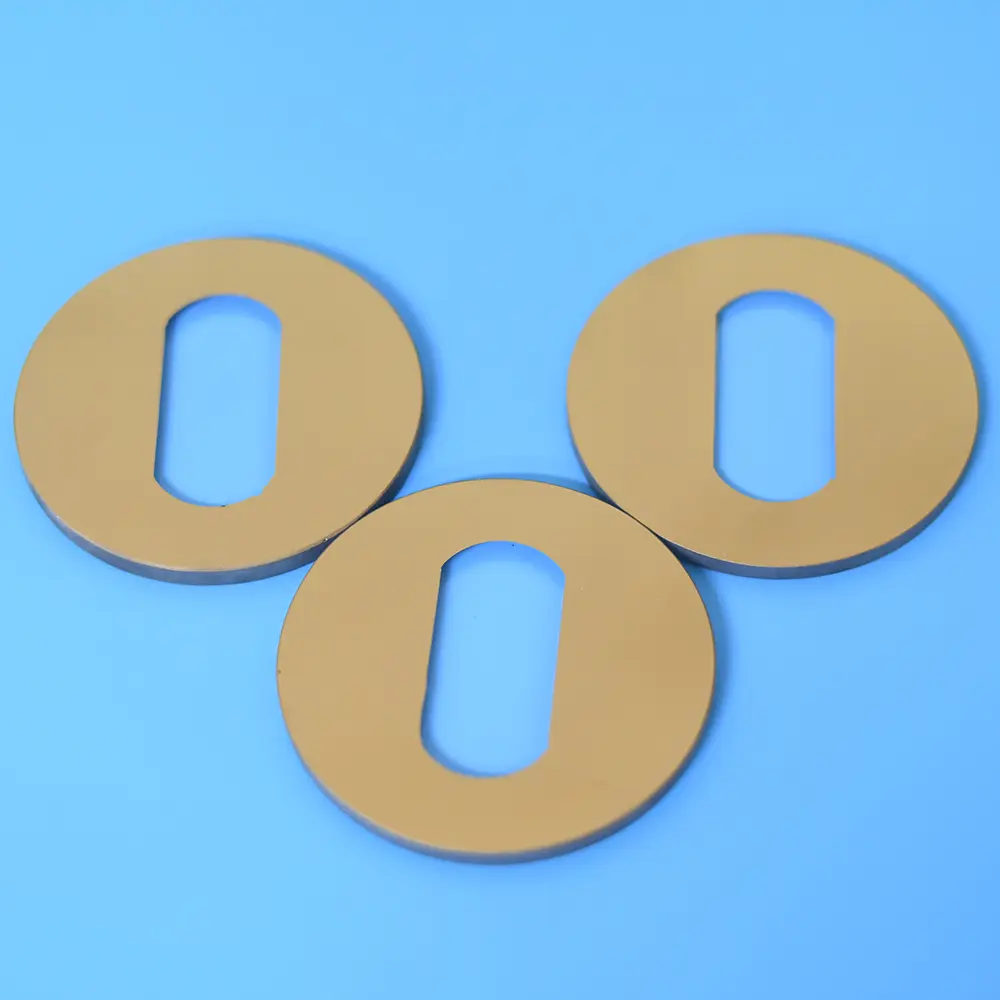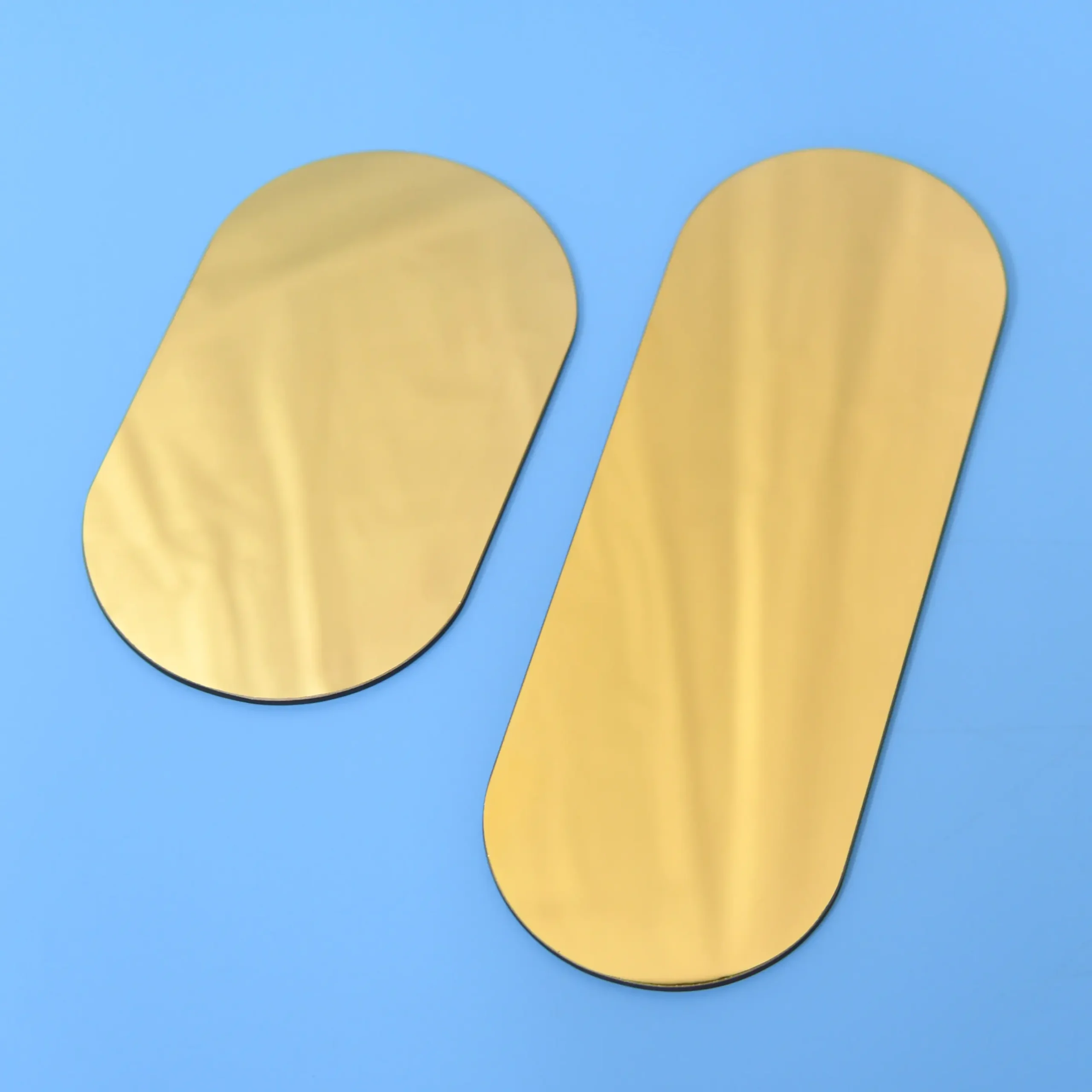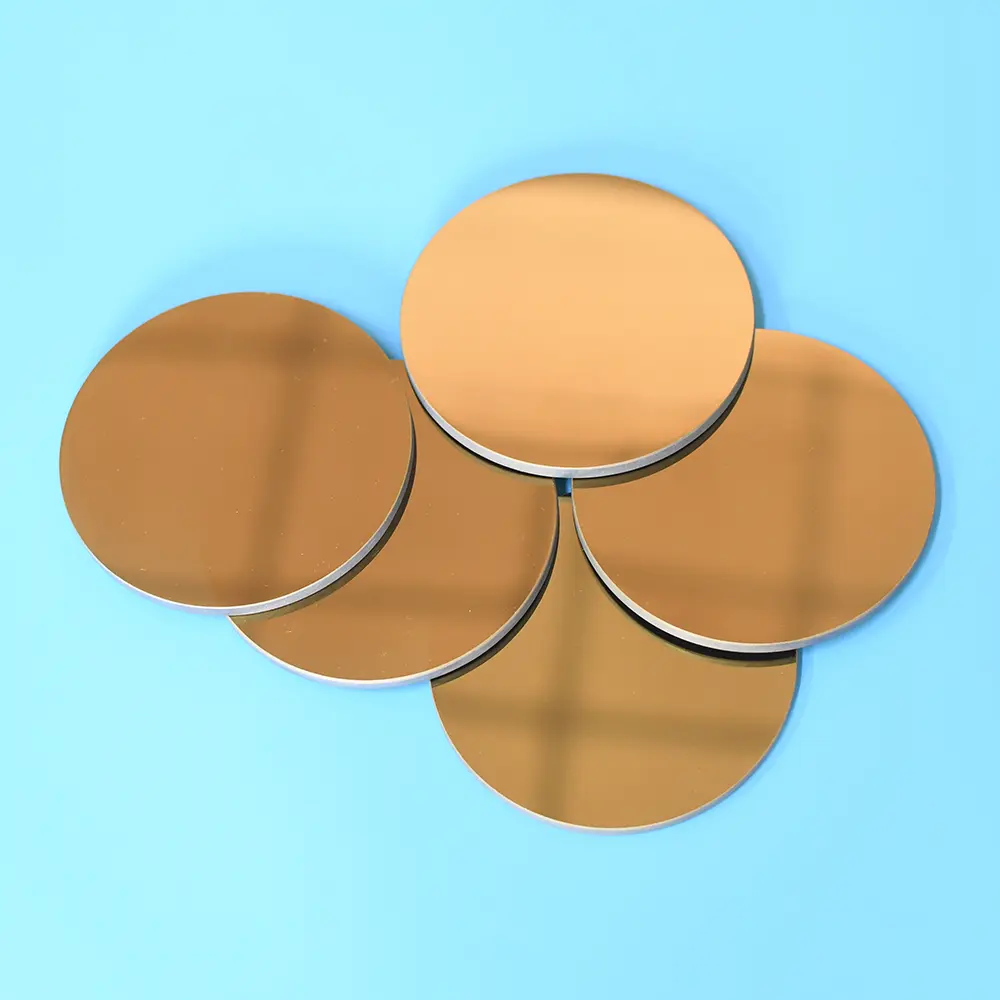Quartz glass plates are a high-transparency, high-temperature-resistant, and chemically stable material widely utilized in various fields, including optics, semiconductors, and fiber optic communications. Their low thermal expansion coefficient, excellent electrical insulation properties, and radiation resistance make them an indispensable material in high-tech applications.
| 속성 콘텐츠 | 속성 값 |
|---|---|
| SiO2 | 99.99% |
| 밀도 | 2.2×10³ kg/cm³ |
| 경도 | 5.5 - 6.5 모스 스케일 570 KHN 100 |
| 인장 강도 | 4.8×10⁷ Pa(N/mm2)(7000psi) |
| 압축 강도 | >1.1×10⁹ Pa(160,000psi) 이상 |
| 열팽창 계수 | 5.5×10-⁷ cm/cm-°C(20°C-320°C) |
| 열 전도성 | 1.4W/m-°C |
| 비열 | 670 J/kg-°C |
| 연화 포인트 | 1730°C(3146°F) |
| 어닐링 포인트 | 1210°C(2210°F) |
| 스트레인 포인트 | 1120°C(2048°F) |
| 작업 온도 | 1200°C(2192°F) |
| 전기 저항 | 7×10⁷ 옴 cm(350°C) |
| 크기 | 사용자 지정 |
| 로고 | 맞춤형 로고 수락 |
높은 투명성
Quartz glass plates exhibit extremely high transparency, particularly across the ultraviolet to infrared spectral range. This makes them invaluable in optical applications, such as the fabrication of lenses, optical fibers, and optical windows.
고온 내성
Quartz glass plates can withstand exceptionally high temperatures, with continuous operating temperatures up to 1100°C and short-term tolerance up to 1250°C. This makes them ideal for high-temperature environments, such as in semiconductor manufacturing and as viewports in high-temperature furnaces.
화학적 안정성
Quartz glass plates have excellent resistance to most chemicals, particularly acids. With the exception of hydrofluoric acid, they demonstrate near-inertness to almost all acids, making them highly sought after in chemical laboratories and industrial applications.
낮은 열팽창 계수
Quartz glass plates have a low thermal expansion coefficient, meaning their dimensions change very little with temperature variations. This is crucial for precision instruments and high-temperature equipment that require precise dimensional control, ensuring stability and reliability under fluctuating temperatures.
애플리케이션 시나리오
반도체 산업
Quartz glass plates play a crucial role in the semiconductor supply chain, widely used in single-crystal silicon production and wafer manufacturing processes. Various quartz components and instruments are essential in cleaning, oxidation, photolithography, etching, and diffusion steps. For example, quartz crucibles are indispensable containers in the semiconductor industry, while high-purity quartz products such as quartz glass plates, quartz rings, and quartz boats are also used in these processes.
Fiber Optic Communication Industry
Quartz glass is the primary raw material in optical fiber manufacturing, with high-purity quartz glass accounting for more than 95% of the composition of optical fiber preforms. Significant amounts of quartz glass materials, such as holding rods and quartz cups, are consumed during optical fiber production processes like preform fabrication and fiber drawing.
Optics Field
Due to its excellent optical properties, quartz glass plates are used in the manufacturing of high-end optical lenses, prisms, and as substrate materials for TFT-LCD high-definition displays and IC photomasks. They ensure light transmission within the 185-3500 micrometer wavelength range, providing a clear visual experience.
Aerospace Field
Quartz glass plates, with their low density, high compressive strength, and good optical performance, are widely used in the aerospace sector for satellites and spacecraft. Radiation-resistant quartz glass can effectively control the attitude of spacecraft, and high-strength, radiation-resistant glass cover slips provide effective protection for the solar cell energy systems of spacecraft.
In semiconductor manufacturing, quartz glass plates are used to fabricate various components and containers, including quartz crucibles, quartz boats, and quartz rings. These are essential in processes such as cleaning, oxidation, photolithography, etching, and diffusion.
Quartz glass plates exhibit extremely high chemical stability, showing inertness to nearly all acids, with the exception of hydrofluoric acid. This property makes them highly sought after in chemical laboratories and industrial applications.
A low thermal expansion coefficient means that quartz glass plates exhibit minimal dimensional changes with temperature variations. This is crucial for precision instruments and high-temperature equipment that require precise dimensional control, ensuring stability and reliability even under fluctuating temperatures.
자주 묻는 질문
석영 유리는 우수한 물리적 및 화학적 특성, 매우 높은 기계적 경도, 우수한 전기 절연성, 고온 및 내식성, 낮고 안정적인 지연 성능, 우수한 빛 투과율 등을 갖춘 단단하고 부서지기 쉬운 소재입니다. 반도체, 광학, 전기, 화학, 항공우주, 자동차 및 기타 분야에서 널리 사용됩니다. 단단하고 부서지기 쉬운 재료는 가공이 어렵고 많은 분야에서 가장자리 붕괴가 적고 재료 손실이 적으며 단면 거칠기가 낮고 절단 두께 범위가 넓은 절단 공정이 절실히 필요합니다. 석영 유리의 전통적인 절단 방법은 기계식 절단, 즉 휠 절단입니다. 비 전통적인 절단 방법에는 워터젯 절단, 전기 화학 방전 와이어 절단, 연속 레이저 절단 등이 포함됩니다. 기계식 절단은 비용이 저렴하지만 휠과 재료 사이의 접촉으로 인해 공구 마모가 크고 재료가 공구에 의해 쉽게 오염됩니다. 석영 유리는 가장자리 붕괴, 미세 균열 및 잔류 응력이 발생하기 쉬우므로 재료의 강도와 성능에 영향을 미칩니다! 곡선 절단이 어렵고 연마 및 연마와 같은 후처리가 필요합니다. 레이저 절단은 재료에 직접 접촉하지 않고 접촉 응력이 없으며 복잡한 곡선 절단을 수행할 수 있습니다. 피코초 레이저는 작은 스폿 직경, 고정밀, 재료와의 짧은 작용 시간, 작은 작용 면적의 장점을 가지고 있으며 단단하고 부서지기 쉬운 재료의 가공에 적합합니다.
。

